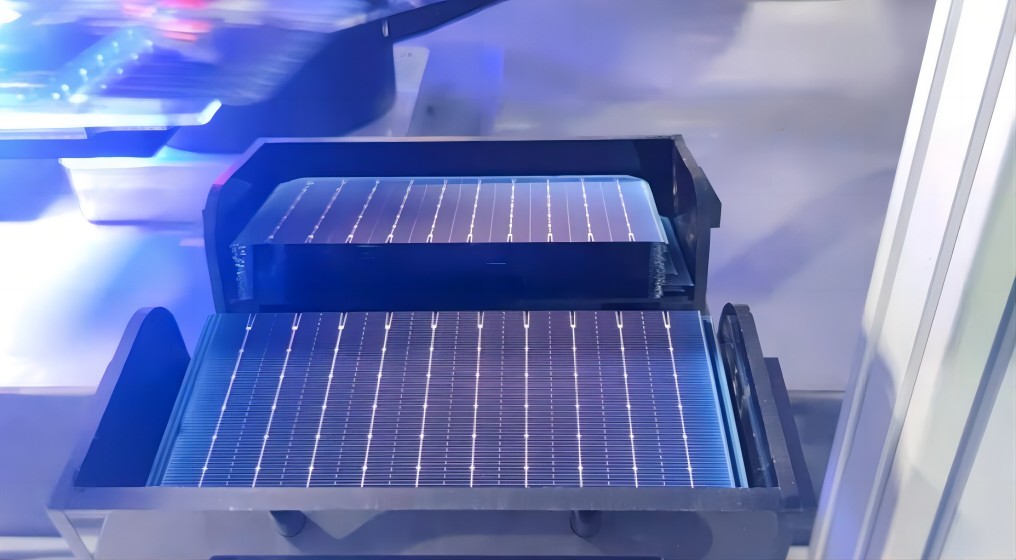In the production process of crystalline silicon solar cells, the impact of the screen printing process on their surface characteristics and performance is usually very direct and critical. However, in order to understand the impact of screen printing on the surface characteristics and performance of the solar cell , and scientifically characterize the grid parameters and cell performance printed by the screen printing process.
Basic working principles of screen printing process
Screen printing involves attaching a template with an image or pattern to a screen for printing. Typically, screen printing stencils are made of nylon, polyester, silk or metal mesh. When the substrate is placed directly under the screen printing screen with the template, the screen printing ink or paint passes through the mesh in the middle of the screen printing screen under the squeeze of the scraper and is printed on the substrate. The template on the screen printing screen seals part of the screen holes so that the paint cannot pass through the screen printing screen, but only the image part can pass through, so only the image part is imprinted on the substrate. In other words, screen printing actually uses ink to penetrate through the printing plate to print.
Effect on surface morphology of crystalline silicon solar cells
The screen printing process will affect the surface morphology of crystalline silicon solar cells, including the thickness, width, spacing, shape, etc. of the electrodes. These parameters will affect the optical properties of solar cells, such as reflectivity, transmittance, absorptivity, etc., and thus affect the photoelectric conversion rate of solar cells. Normally, the smaller the thickness and width of the electrodes, the larger the spacing, and the more regular the shape, the better the optical performance of the solar cell will be, because this can effectively reduce the blocking and reflection of incident light by the electrodes and increase the effective absorption of crystalline silicon area.
Effect on optical properties of crystalline silicon solar cells
The screen printing process will affect the electrical properties of crystalline silicon solar cells, such as electrode resistance, contact resistance, series resistance, distributed resistance, etc. Parameters such as the resistance, contact resistance, series resistance, and distributed resistance of the solar cell will affect the current, voltage, power and other output characteristics of the solar cell, thereby affecting the photoelectric conversion rate of the solar cell. Generally speaking, the smaller the resistance of the electrode, the smaller the contact resistance, the smaller the series resistance, the more uniform the distributed resistance, and the better the electrical performance of the solar cell. Because this can reduce the electrode's obstruction and loss of current and increase the effective output power of the solar cell. From this perspective, the screen printing process has an important impact on the optical performance of crystalline silicon solar cells.
